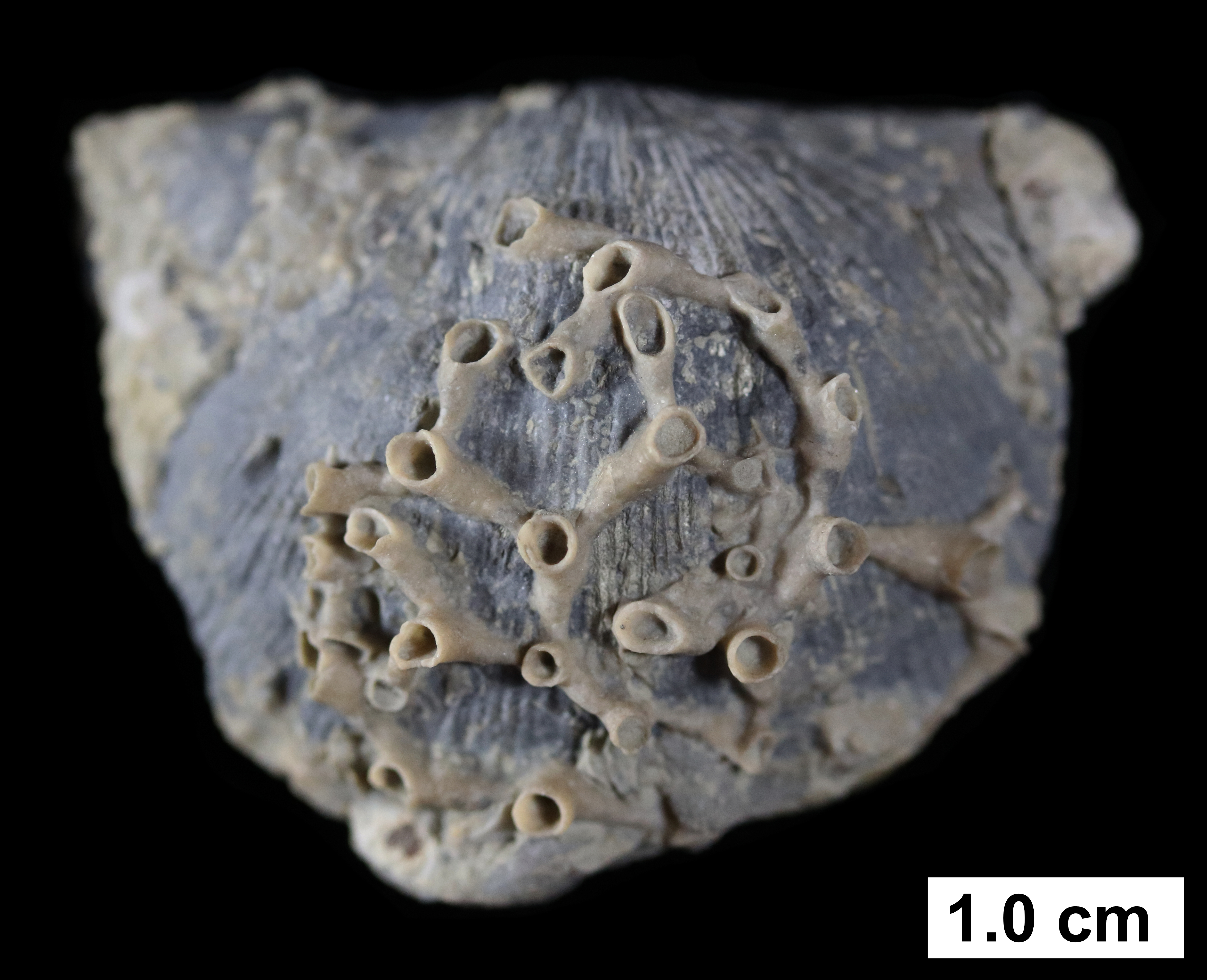Epibiosis on:
[Wikipedia]
[Google]
[Amazon]

 An epibiont (from the
An epibiont (from the

 An epibiont (from the
An epibiont (from the Ancient Greek
Ancient Greek includes the forms of the Greek language used in ancient Greece and the ancient world from around 1500 BC to 300 BC. It is often roughly divided into the following periods: Mycenaean Greek (), Dark Ages (), the Archaic peri ...
meaning "living on top of") is an organism
In biology, an organism () is any living system that functions as an individual entity. All organisms are composed of cells (cell theory). Organisms are classified by taxonomy into groups such as multicellular animals, plants, and ...
that lives on the surface of another living organism, called the basibiont ("living underneath"). The interaction between the two organisms is called epibiosis. An epibiont is, by definition, harmless to its host. In this sense, the interaction
Interaction is action that occurs between two or more objects, with broad use in philosophy and the sciences. It may refer to:
Science
* Interaction hypothesis, a theory of second language acquisition
* Interaction (statistics)
* Interactions o ...
between the two organisms can be considered neutralistic or commensalistic; as opposed to being, for example, parasitic, in which case one organism benefits at the expense of the other, or mutualistic, in which both organisms obtain some explicit benefit from their coexistence. Examples of common epibionts are barnacle
A barnacle is a type of arthropod constituting the subclass Cirripedia in the subphylum Crustacea, and is hence related to crabs and lobsters. Barnacles are exclusively marine, and tend to live in shallow and tidal waters, typically in eros ...
s, remoras, and algae
Algae (; singular alga ) is an informal term for a large and diverse group of photosynthetic eukaryotic organisms. It is a polyphyletic grouping that includes species from multiple distinct clades. Included organisms range from unicellular mic ...
, many of which live on the surfaces of larger marine organisms such as whale
Whales are a widely distributed and diverse group of fully aquatic placental marine mammals. As an informal and colloquial grouping, they correspond to large members of the infraorder Cetacea, i.e. all cetaceans apart from dolphins and ...
s, shark
Sharks are a group of elasmobranch fish characterized by a cartilaginous skeleton, five to seven gill slits on the sides of the head, and pectoral fins that are not fused to the head. Modern sharks are classified within the clade Selachimo ...
s, sea turtle
Sea turtles (superfamily Chelonioidea), sometimes called marine turtles, are reptiles of the order Testudines and of the suborder Cryptodira. The seven existing species of sea turtles are the flatback, green, hawksbill, leatherback, loggerhead, ...
s, and mangrove trees.
Although there is no direct effect of the epibiont to the host, there are often indirect effects resulting from this interaction and change in the surface of the host. This has been found to be especially important to marine organisms
Marine life, sea life, or ocean life is the aquatic plant, plants, aquatic animal, animals and other organisms that live in the seawater, salt water of seas or oceans, or the brackish water of coastal estuary, estuaries. At a fundamental leve ...
and aquatic ecosystems, as surface qualities do impact necessary ecological functions such as drag, radiation absorption
Absorption may refer to:
Chemistry and biology
* Absorption (biology), digestion
**Absorption (small intestine)
*Absorption (chemistry), diffusion of particles of gas or liquid into liquid or solid materials
*Absorption (skin), a route by which ...
, nutrient uptake, etc.
Types
* Epiphytes are plants that grow on the surface of other plants. *Epizoic organisms are those that live on the surface of animals.See also
*Epilith
Lithophytes are plants that grow in or on rocks. They can be classified as either epilithic (or epipetric) or endolithic; epilithic lithophytes grow on the surfaces of rocks, while endolithic lithophytes grow in the crevices of rocks (and are also ...
s, organisms that grow on rocks
* Zoochory, seed dispersal by animals
* Epiphyte
An epiphyte is an organism that grows on the surface of a plant and derives its moisture and nutrients from the air, rain, water (in marine environments) or from debris accumulating around it. The plants on which epiphytes grow are called phoroph ...
, an organism growing on a plant
* Endosymbiont
* Epiphytic bacteria Epiphytic bacteria are bacteria which live non-parasitically on the surface of a plant on various organs such as the leaves, roots, flowers, buds, seeds and fruit. In current studies it has been determined that epiphytic bacteria generally don't har ...
* Epiphytic fungus
An epiphytic fungus is a fungus that grows upon, or attached to, a living plant. The term epiphytic derives from the Greek ''epi-'' (meaning 'upon') and ''phyton'' (meaning 'plant').
Examples
Many examples of epiphytic microorganisms exist. The e ...
References
External links
* Biological interactions {{ecology-stub